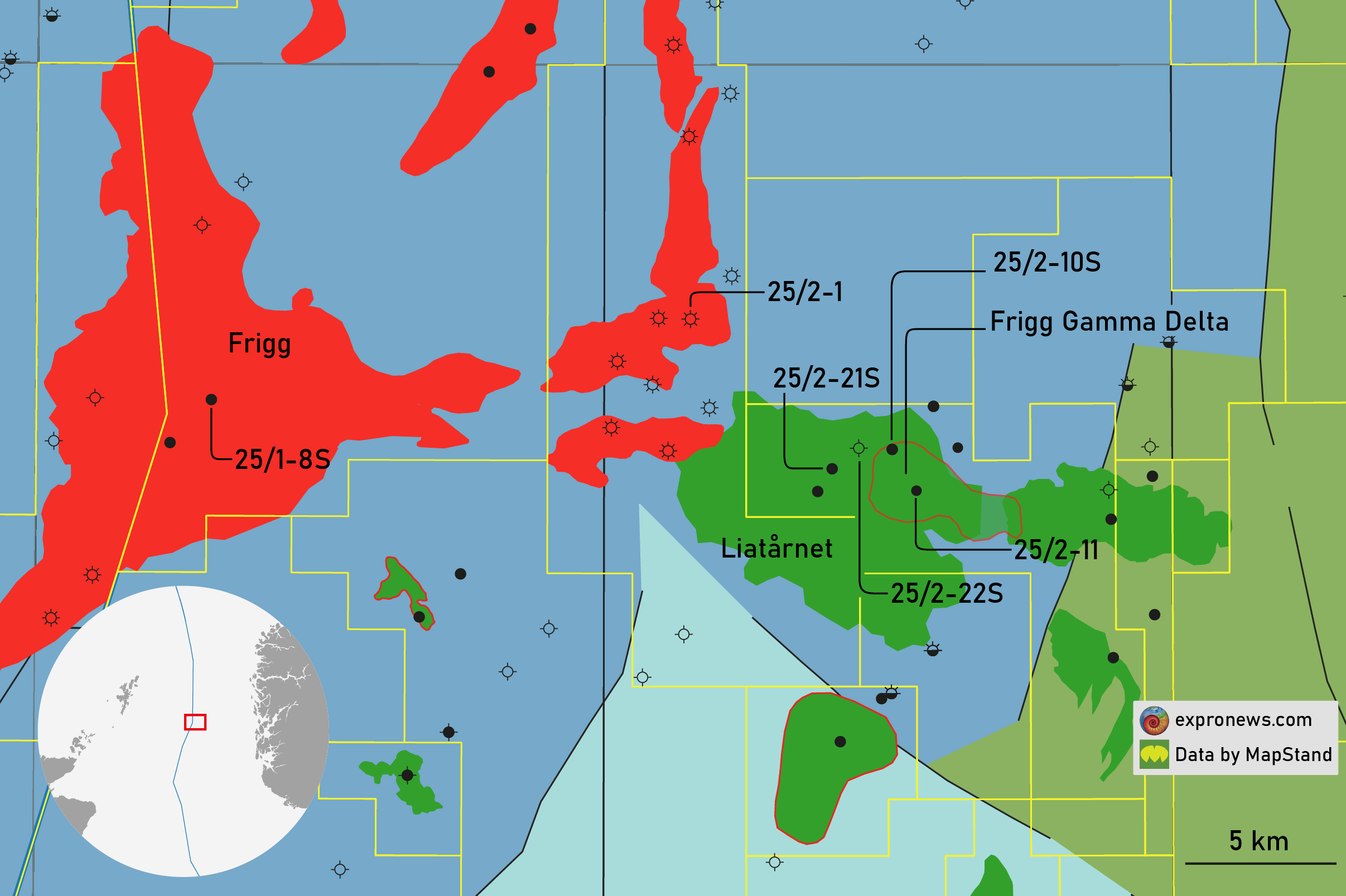In a way, the RFT tests carried out in 25/2-11 in 1987 proved to be a key indicator with regards to the potential of the Liatårnet oil discovery: no oil was brought to surface at the time.
However, Aker BP believed in Liatårnet, especially when a core was cut in the 21/2-21S well in 2019, from which the oil could be seen dripping out when brought to surface. Based on these positive indications and the fact that an attempt was made to better understand this oil find, the company was awarded the Exploration Innovation Prize in 2020.
It was always known that further downhole sampling was required to further prove the commerciality of the shallow accumulation though. The Liatårnet oil is situated at a depth of around 1000 metres, clearly in the heavy oil zone.

Another indication that Liatårnet was a special case was the seal. As a structural or stratigraphic closure is lacking, another mechanism had to be invoked in order explain the presence of oil.
Based on the discovery of a thin cemented sandstone overlying the accumulation, the view was that feldspar dissolution induced by the presence of organic acids led to the ultimate precipitation of kaolinite. Found both overlying and at the base of the oil column, it was thought that these cemented horizons caused the trapping of the oil.
The last well drilled on Liatårnet (25/2-22S) further proved the complex nature of the accumulation. Despite being drilled clearly within the mapped outline of the discovery, only traces of hydrocarbons were found. Sampling of the oil that was found further indicated that it could not be produced.
In that light, it may not be too much of a surprise to read that Aker BP has now decided to classify Liatårnet as being non-commercial, as is pointed out in the 2021 Annual Report.
HENK KOMBRINK





